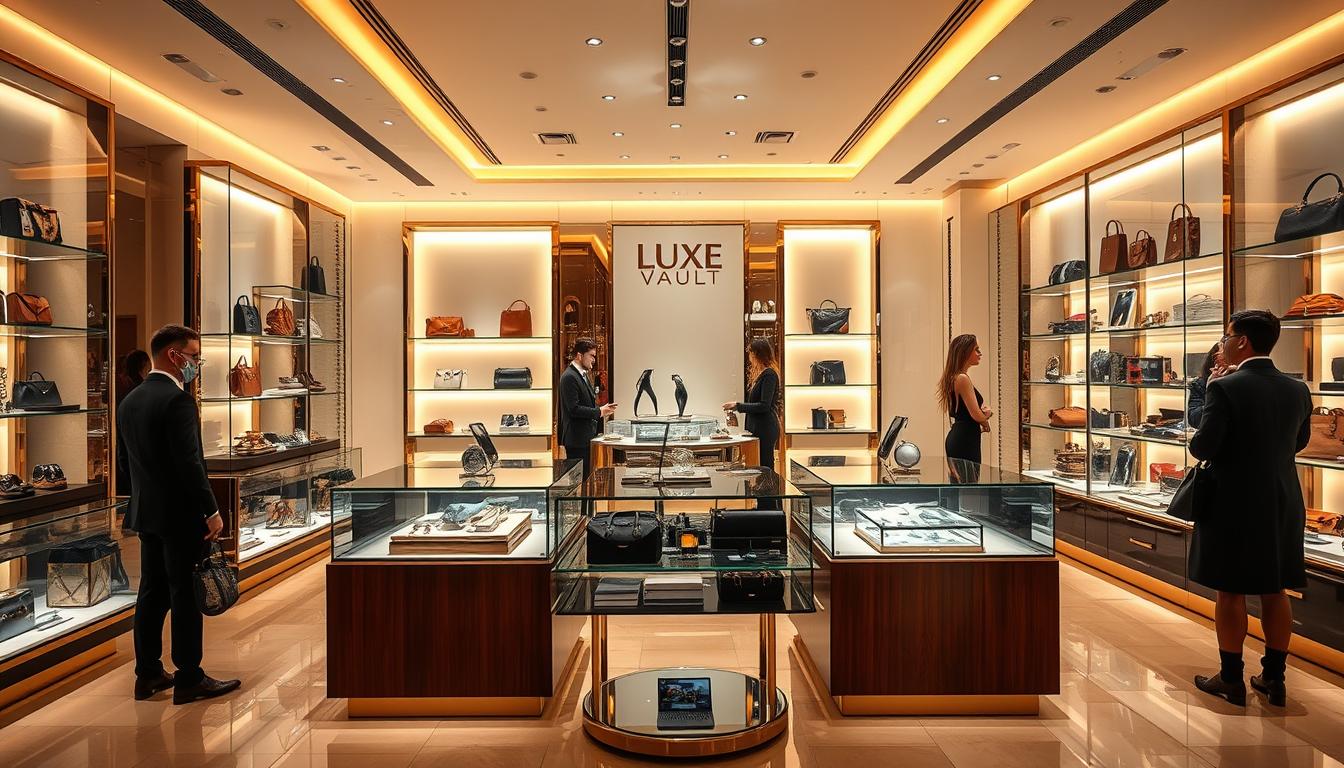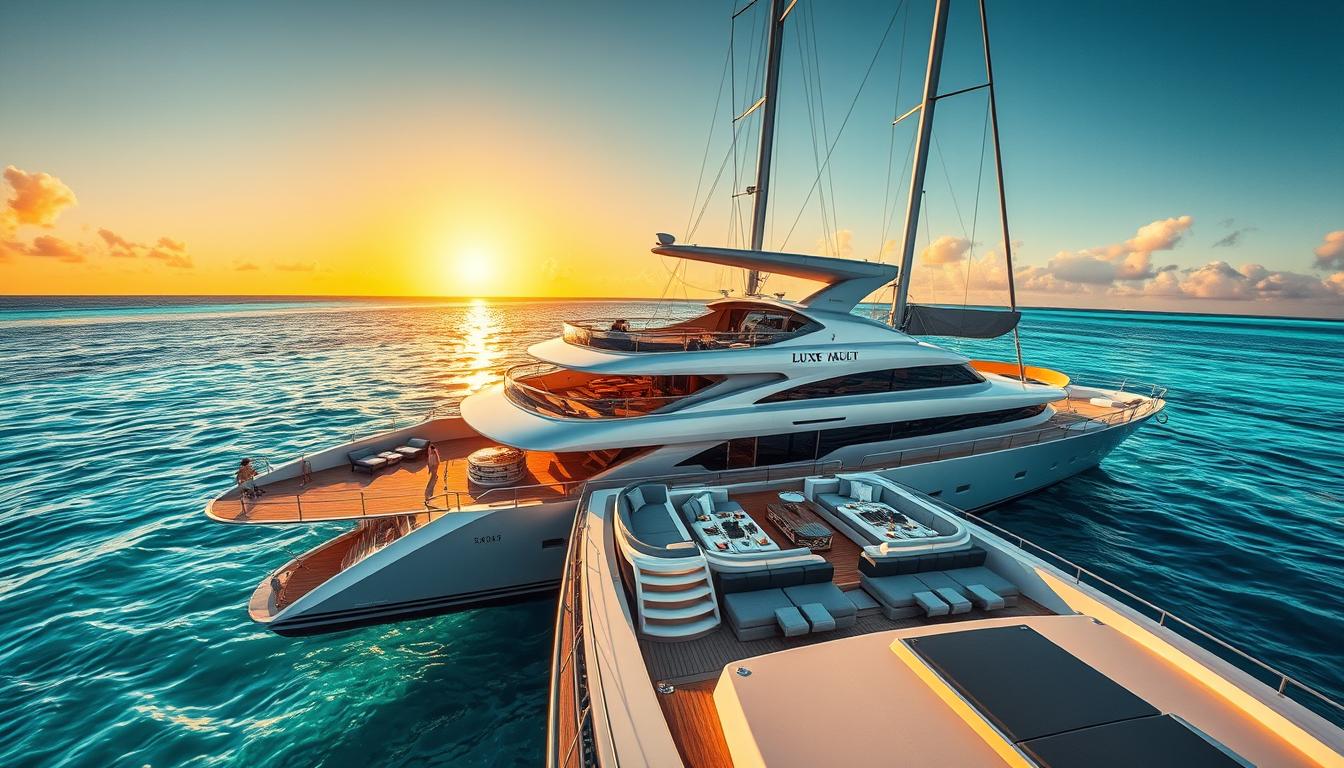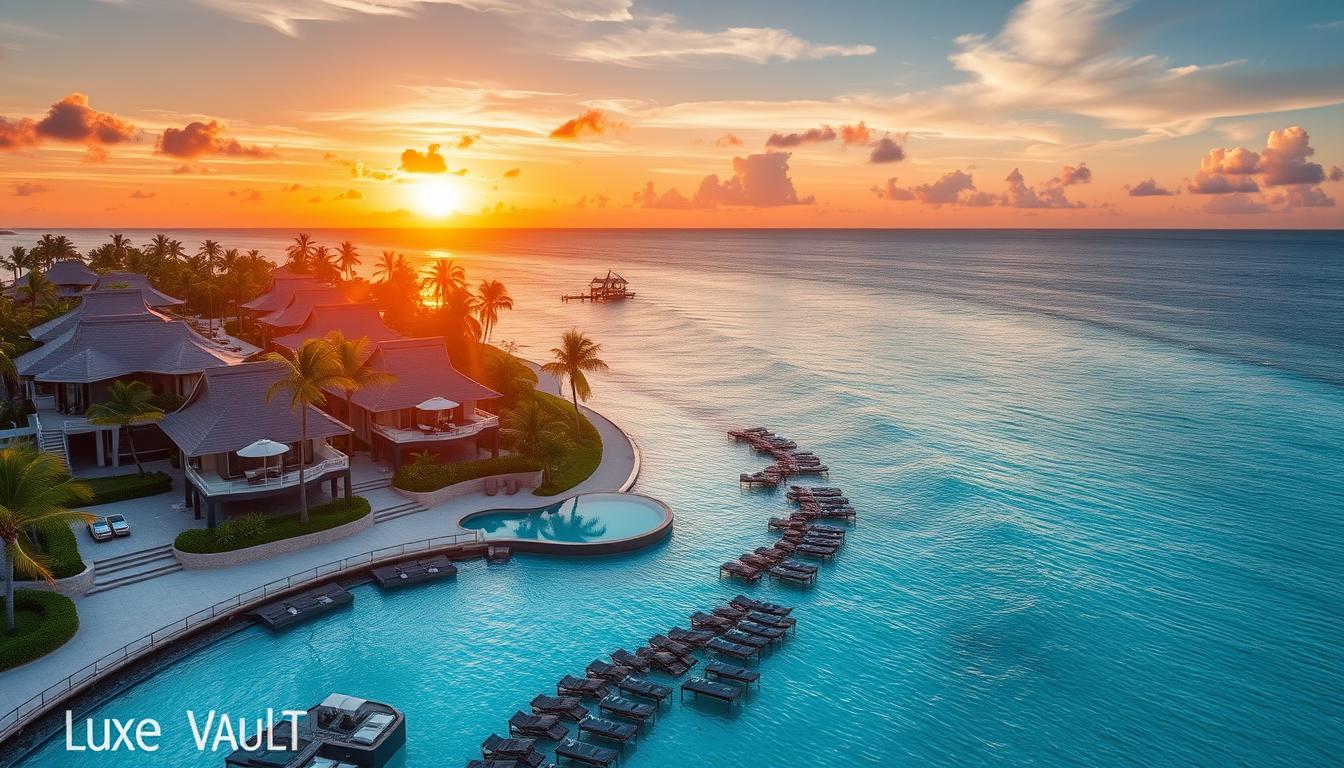Are you ready to dive into the latest high-end trends? The pandemic has changed how we shop, and luxury is booming. In 2024, global luxury spending hit €1.48 trillion, thanks to pent-up demand and new shopping habits.
So, what’s behind this global surge? Luxury brands are changing to meet new customer needs. This shift is big. To learn more about these trends and the future of luxury, keep reading.
Want to know more about luxury market trends or need help with Content Marketing and Digital Marketing? Reach out to us at raja@cowrit.com.
Key Takeaways
- The luxury market experienced a significant surge post-pandemic.
- Overall luxury spending reached €1.48 trillion globally in 2024.
- Pent-up demand and changing consumer behaviors are driving the growth.
- Luxury brands are adapting their strategies to meet evolving customer needs.
- The industry is witnessing a significant shift in consumer behavior.
The Pandemic’s Impact on Consumer Behavior
The pandemic has changed how people see and buy luxury goods. It’s important to understand these changes as the market evolves.
Shifts in Spending Priorities
Consumers have started to think differently about spending. They now value experiential luxury more than owning things. This is because they want unique, memorable experiences that bring them joy.
Increased Online Shopping
The pandemic made online shopping more popular. More people are buying luxury goods online. Luxury brands must now focus on their online presence and offer smooth digital experiences. This trend is likely to keep growing as people get used to buying luxury online.
The Rise of Experiential Luxury
Experiential luxury is becoming a big deal. People want private events, exclusive travel, and personalized services. They’re looking for brands that offer more than just products. They want to create lasting memories.
Want to learn how to adjust your marketing to these trends? Contact us at raja@cowrit.com for advice on content and digital marketing.
Understanding the Definition of Luxury in Today’s Market
Today, luxury means more than just high-end products. People want things that are good for the planet and made just for them. So, luxury brands are changing to offer eco-friendly and personalized items.
Evolving Consumer Expectations
Today’s shoppers want more than just quality. They look for unique experiences and products that show off their values. This change comes from a growing concern for the environment and social issues.
Key trends shaping consumer expectations include:
- Demand for sustainable and eco-friendly products
- Expectation of personalized experiences and products
- Increased transparency and accountability from luxury brands
The Role of Sustainability
Sustainability is now a big deal in luxury. People want brands to be kind to the planet. This means using green materials, cutting down on waste, and fair supply chains.
Luxury brands are stepping up by:
- Investing in sustainable materials and production methods
- Implementing recycling programs and reducing waste
- Ensuring transparency in their supply chains
Personalization and Customization
Personalization is key in today’s luxury world. People want unique experiences that match their style and preferences.
To meet this need, luxury brands use tech to offer:
- Customized products and services
- Personalized marketing and communication
- Unique experiences, such as private events and bespoke services
Want to know more about luxury brands adapting to these trends? Reach out to us at raja@cowrit.com for our content and digital marketing services.
Key Markets Driving Luxury Growth

The demand for upscale products is on the rise. Several regions are leading the way in the luxury market recovery. It’s key to know which markets are fueling this growth.
The Resurgence of the United States
The United States is seeing a big boost in luxury spending. American consumers are driving the demand for high-end goods. This is a big part of the luxury market recovery.
For more on this trend, check out a report by Bain & Company. They talk about what’s influencing luxury growth in the U.S. You can find more at their insights on luxury in transition.
Emerging Markets to Watch
Emerging markets in Asia and Latin America are also growing fast. These areas are key for luxury brands wanting to grow globally. The rising middle class and more money to spend are boosting demand for upscale products.
Influence of Global Travel
Global travel is big for luxury spending. Tourists often look for luxury brands when they travel. So, luxury brands are focusing on being in key places and meeting the needs of travelers.
Want to learn more about boosting your luxury brand in these markets? Reach out to experts in content and digital marketing. You can contact us at raja@cowrit.com for more services.
Digital Transformation in the Luxury Sector
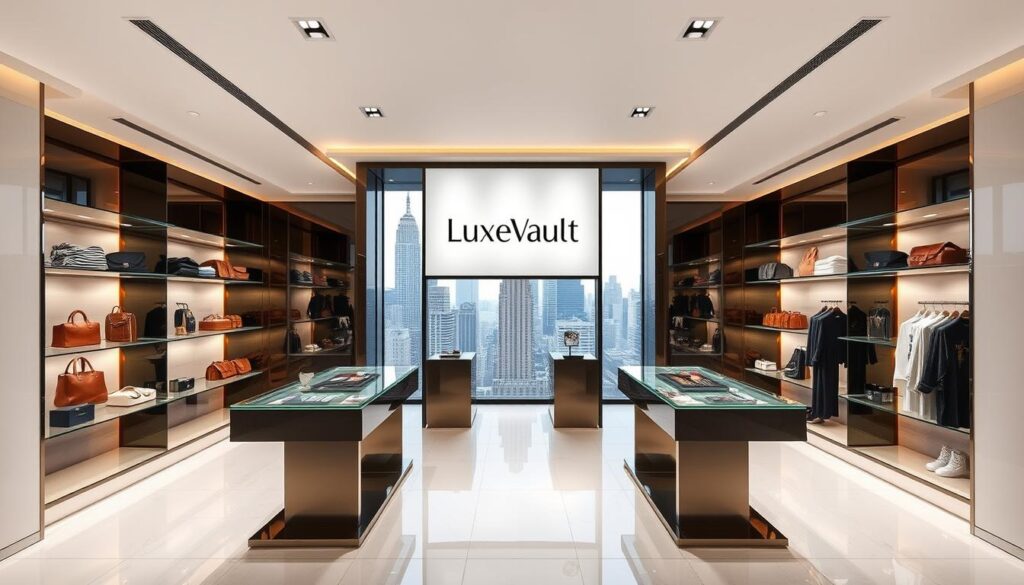
The luxury sector is changing fast with digital technology. Now, luxury brands use digital tools to make shopping better and connect with rich customers. This change is big for how high-end goods are sold and marketed.
Innovative E-Commerce Experiences
E-commerce sites are getting a makeover. Luxury brands are adding cool features like:
- Personalized product suggestions based on what you like
- Easy-to-use sites for a better shopping experience
- Clear product pictures and detailed descriptions to show off quality
These updates help luxury brands meet their customers’ new expectations. This builds loyalty and keeps customers coming back.
Virtual Try-Ons and Augmented Reality
Virtual try-ons and augmented reality (AR) are changing how we see luxury goods. These tools let customers:
- Try on items online, saving trips to the store
- See products in 3D to understand them better
- Share their online try-on moments on social media, spreading the word about the brand
By using AR and virtual try-ons, luxury brands can offer unique and memorable experiences. This builds a stronger bond with their audience.
Social Media’s Pivotal Role in Luxury Marketing
Social media is key for luxury marketing. Brands use it to show off their products and talk to their fans. Good social media plans include:
| Platform | Strategy | Benefit |
|---|---|---|
| Influencer collaborations and sponsored content | More people see the brand | |
| Targeted ads and special offers | More people engage with the brand |
For more info on our services like content writing, marketing, and digital marketing, email us at raja@cowrit.com.
The Importance of Authenticity and Transparency
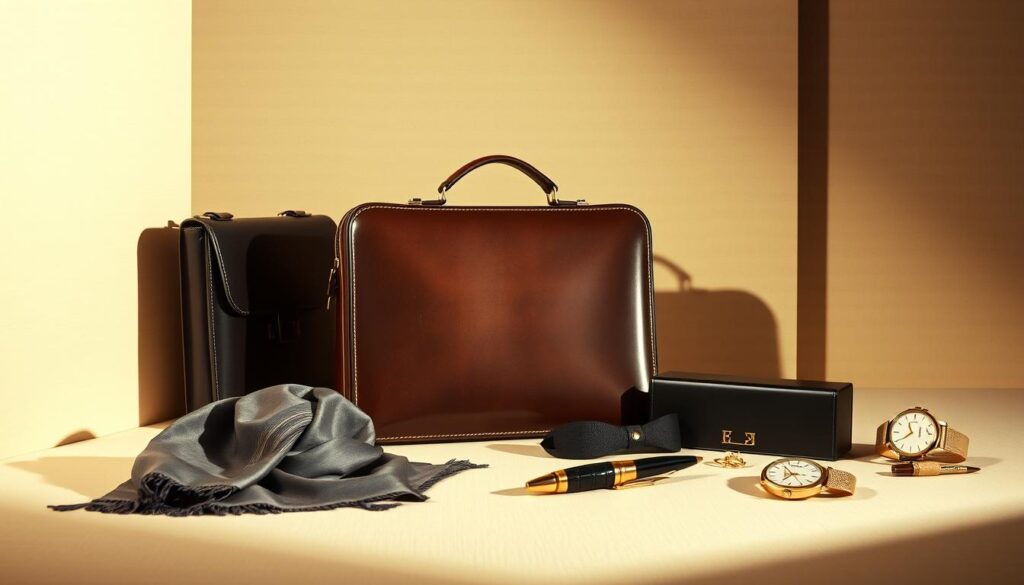
In today’s luxury market, being real and open is key. Consumers want to know more about what they buy. This makes luxury brands focus on being honest and clear.
Building Trust with Consumers
Being real and open helps luxury brands connect with their customers. They share details about their products, like materials and how they’re made. This builds a strong bond with their audience.
Here are some ways to gain trust:
- Give detailed info about products
- Use blockchain to check authenticity
- Practice open business practices
The Impact of Counterfeit Goods
Counterfeit goods are a big problem for luxury brands. They hurt trust and cost brands a lot of money.
To fight this, brands are taking steps like:
- Using new ways to check if products are real
- Working with police to catch fake sellers
- Telling customers why fakes are bad
Brands Leading by Example
Some luxury brands are leading the way in being real and open. They use blockchain technology to show a product’s history.
By focusing on being real, these brands protect their image and improve shopping. As the market grows, being authentic and transparent will keep being key to success.
For more on our content marketing services or to talk about your luxury brand’s marketing, email us at raja@cowrit.com.
High-End Experiences Over Material Goods
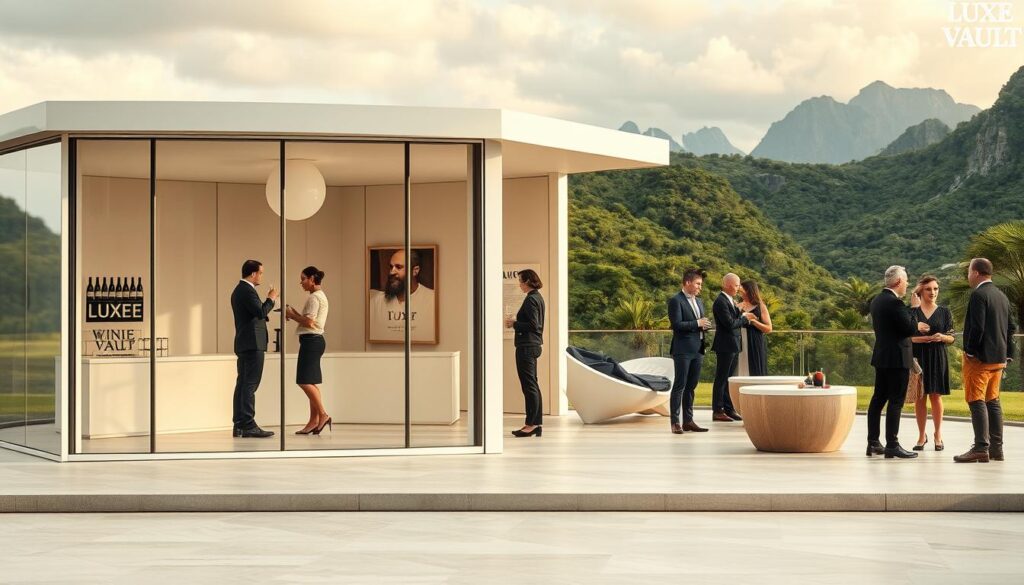
The pandemic has changed how people view luxury. Now, they want unique experiences more than material things. The luxury world is adapting, focusing on making special moments for its customers.
Experiential Luxury Trends
More people are looking for luxury experiences that feel personal. They want something unique and memorable. This shift is about making lasting memories and feeling connected to brands.
- Luxury travel experiences, such as private villas and bespoke itineraries, are becoming increasingly popular.
- Exclusive events, like private concerts and fashion shows, are being curated to offer unique experiences.
- High-end wellness retreats and personalized fitness programs are also in demand.
The Shift to Travel and Leisure
Travel and leisure are becoming key parts of luxury. People want experiences that mix adventure, relaxation, and culture.
Luxury travel is being redefined with the rise of experiential travel. This includes private yacht charters, guided safaris, and cultural tours.
Luxury Events and Private Gatherings
Luxury events and private gatherings are growing. Brands are hosting exclusive events for unique experiences. This includes private fashion shows and VIP access to sports events.
- Private gatherings, like exclusive dinners and wine tastings, are being hosted by luxury brands.
- Luxury events are being curated to offer unique experiences, such as behind-the-scenes tours and meet-and-greets with celebrities.
- These events are designed to create lasting memories and foster brand loyalty.
For more information on our content marketing services, please contact us at raja@cowrit.com.
The Role of Influencers and Brand Ambassadors
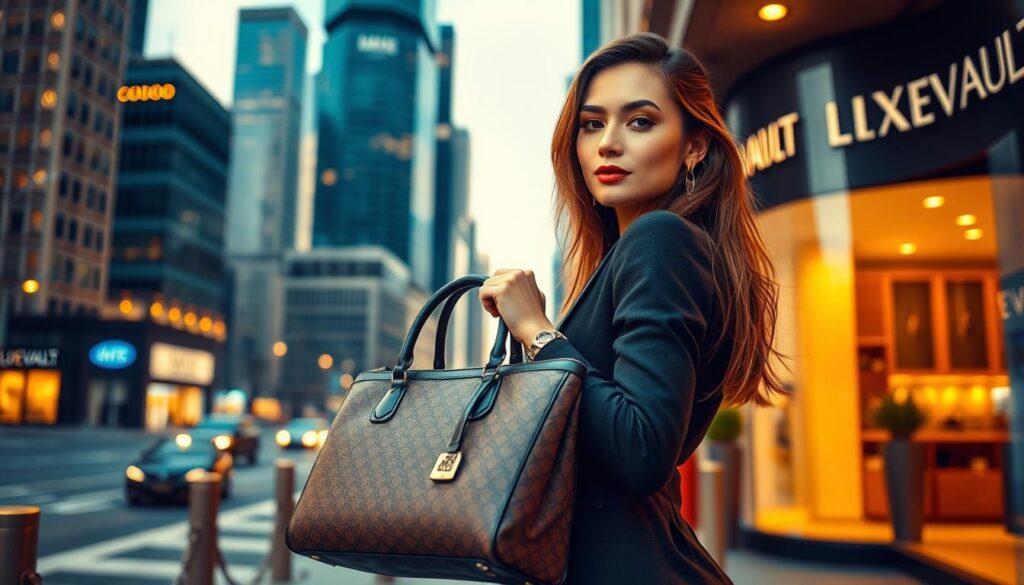
Influencers and brand ambassadors play a big role in the luxury world. They help shape what people buy and how they see brands. It’s key for luxury brands to get influencer marketing right to stay on top.
Social Influence on Purchases
Social media stars and celebrities have a huge impact on what we buy. Their support can make a luxury brand more visible and trustworthy. Seeing a favorite person use a luxury item makes you more likely to buy it.
Key statistics on social influence:
| Platform | Influence on Purchase Decisions | Average Engagement Rate |
|---|---|---|
| 70% | 2.2% | |
| 50% | 0.6% | |
| 40% | 0.3% |
Collaborations with Luxury Brands
Luxury brands are teaming up with influencers and celebrities more often. These partnerships can really boost demand for their products. For example, a famous fashion influencer working with a luxury brand can make a big difference in sales and awareness.
Case Studies of Successful Campaigns
Many luxury brands have seen great success with influencer marketing. For instance, a luxury watch brand teamed up with a celebrity for a special watch. It sold out in just hours. These campaigns not only sell more but also make the brand look even more prestigious.
If you want to learn more about using influencer marketing for your luxury brand, reach out to experts at raja@cowrit.com. They can help with content and digital marketing strategies.
Retail Strategy: Adapting to Consumer Needs
The luxury market’s recovery depends on retailers’ ability to innovate. They must meet the changing needs of affluent consumers. Luxury retailers are using various strategies to stay ahead in this changing landscape.
Omnichannel Approaches
Omnichannel approaches are key. They let consumers move easily between online and offline channels. This ensures a consistent brand experience, no matter how they shop.
For example, a customer might look at luxury goods online, then try them in a store. They might buy through a mobile app. This unified experience builds loyalty and boosts sales.
Elevated In-Store Experiences
Luxury retailers are also focusing on better in-store experiences. They aim to create immersive, personalized environments for affluent consumers.
They offer services like personalized styling and exclusive events. These efforts make shopping memorable and engaging. They drive sales and build strong customer relationships.
Customer Loyalty Programs
Customer loyalty programs are vital. They reward repeat customers and encourage loyalty. These programs offer exclusive access, discounts, and personalized offers.
By tailoring loyalty programs to their most valuable customers, retailers can improve retention. This drives long-term growth.
If you need help with content writing, marketing, or social media, contact us at raja@cowrit.com.
Future Outlook: What’s Next for Luxury Market Growth?
The luxury market is set to grow even more, thanks to new markets and changing how people buy things. This growth is not just a passing trend. It’s a big change in how we see and buy luxury items.
Emerging Trends and Challenges
Brands need to keep up with trends like sustainability and digital innovation. They also have to meet new consumer expectations. New markets will help drive growth, but economic issues and the pandemic’s effects might be hurdles.
Adapting to Change
Luxury brands must be quick to adapt to what customers want. By watching trends and using digital marketing, they can stay ahead. For more tips on the luxury market, reach out to us at raja@cowrit.com.
